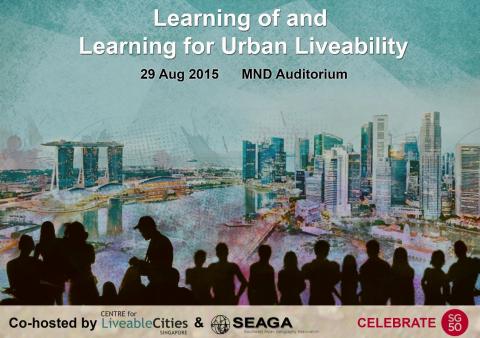
Urban liveability, is beyond economic growth and better urban services – it is about creating a healthy, convivial and socially just living and working conditions in a city or a region (Ho and Douglass, 2008). Urban liveability is about balancing economic growth, social harmony and environmental protection (Andrew Tan, 2010). While these diverse yet related perspectives provide abundant fodder for academic discourse, key stakeholders such as the lay city dweller and our younger generation are left to interpret discrete nuggets of facts that percolate through the mass media. Although the concept of liveability has also found its way into formal school curricula, the topic is often embedded within the discourses of sustainability and environmental education. Given the sophistication of the topic and the relevance of the issue to every dweller of the city state, it is timely to engage educators, as active agents in facilitating knowledge construction of our younger generation, to:
Read more: http://www.seaga.info/events/forthcoming-events/seaga-forum-2015/
